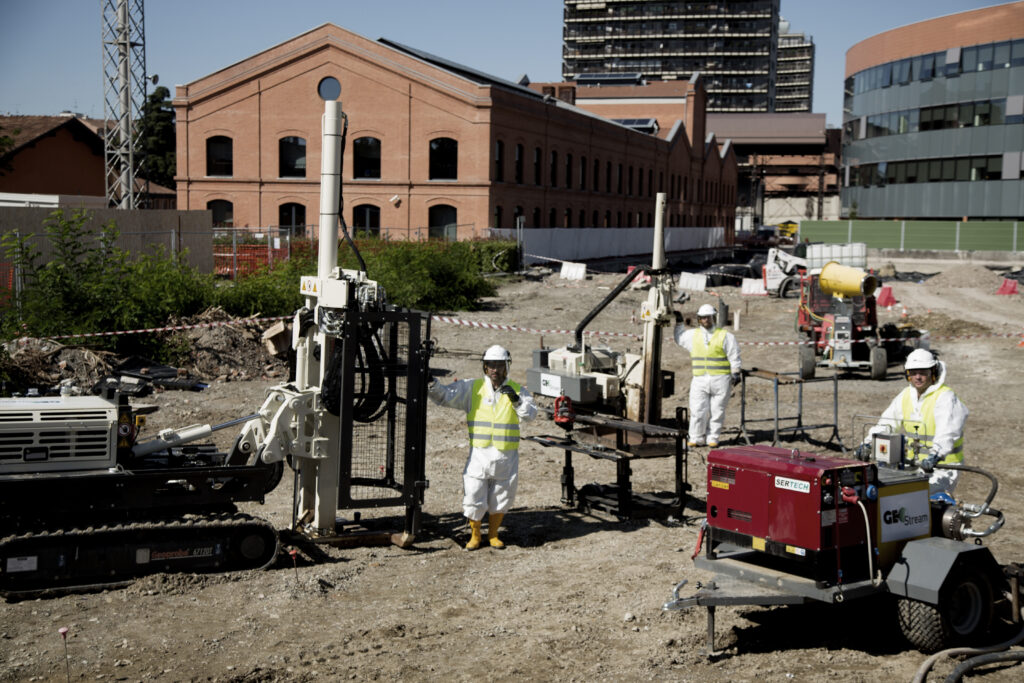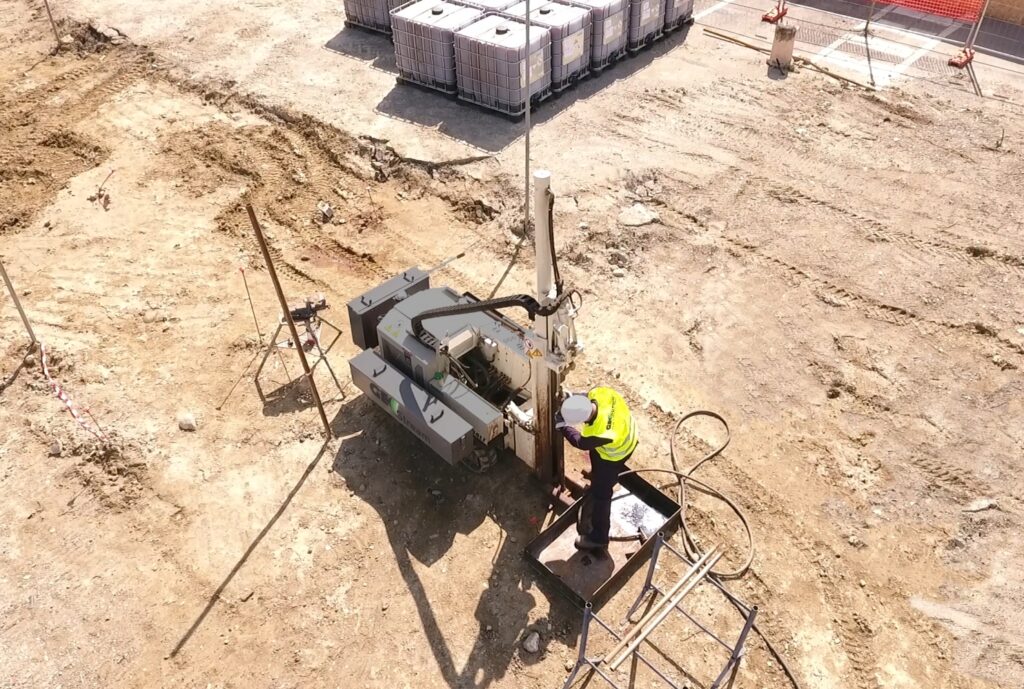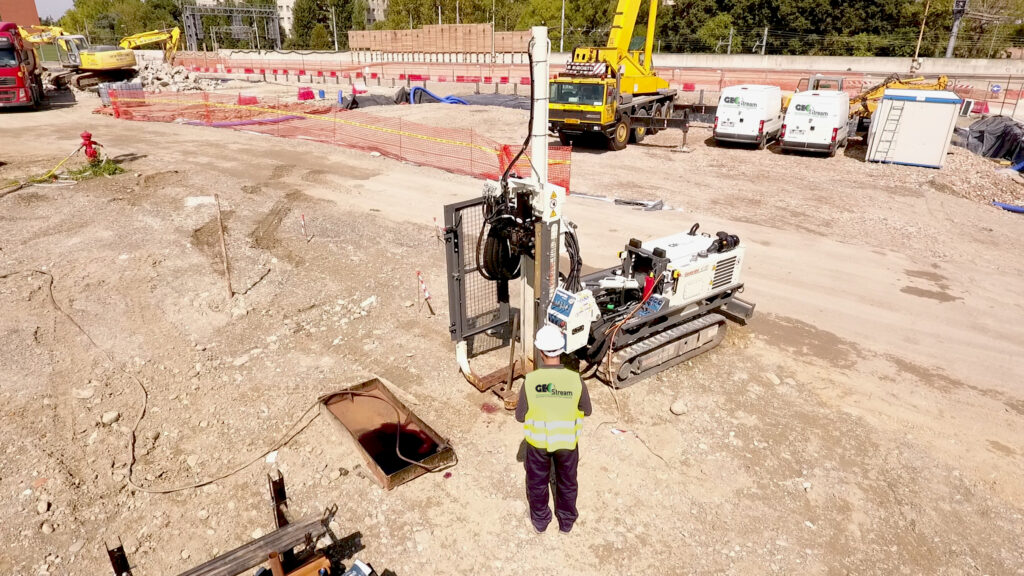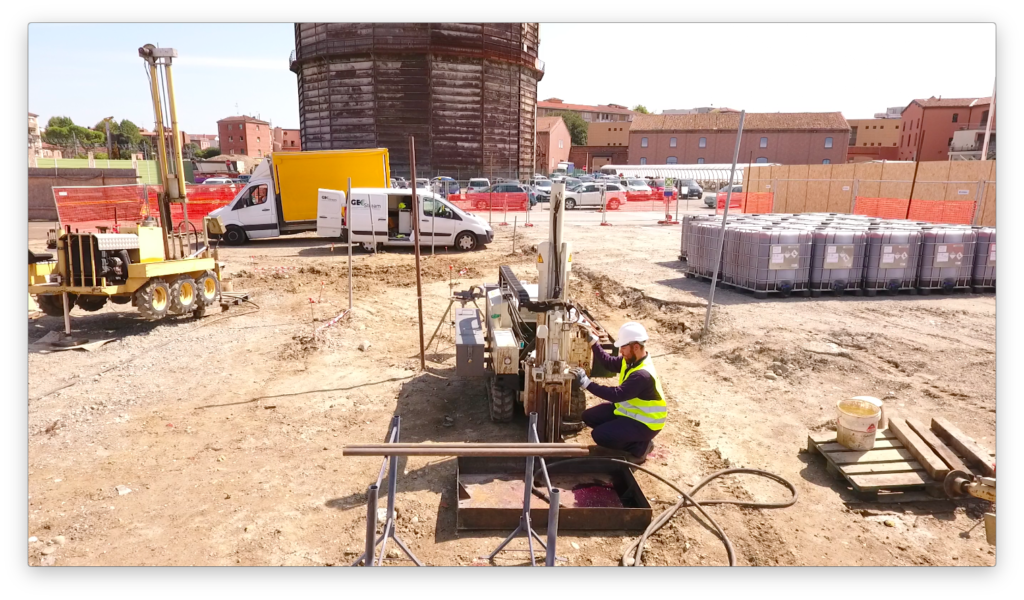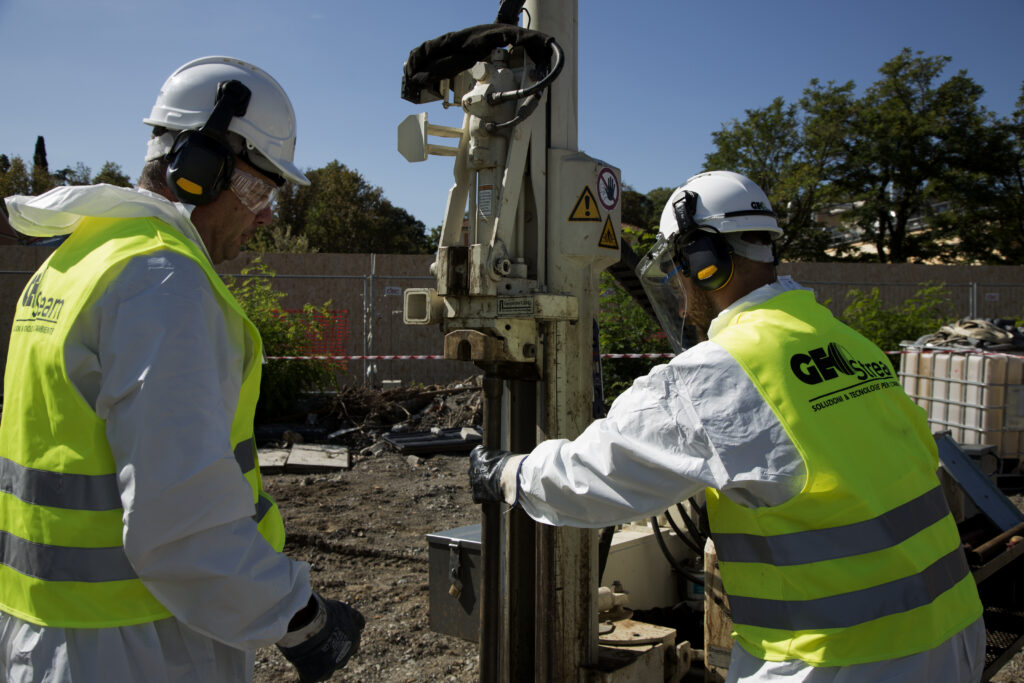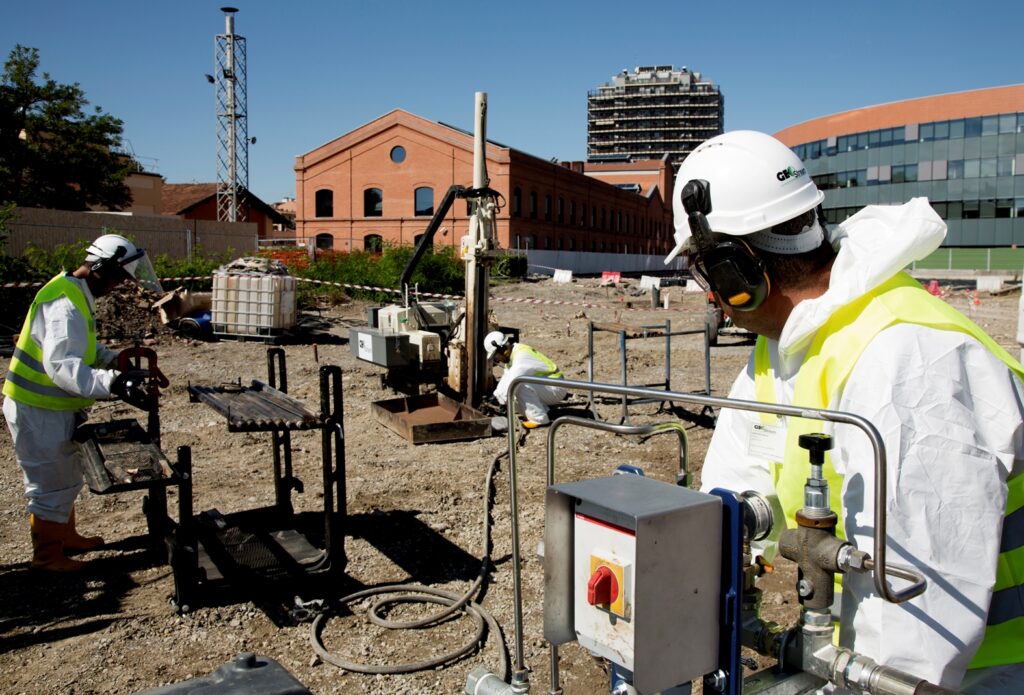Project Detail
SITE: Refinery
CONTAMINANTS: Hydrocarbons (Diesel)
COMMISSIONING: 2015-2017
Project Scope
The theme of environmental regeneration of the area subject to reclamation is a subject which has been of interest since the end of the 90s.
The path which has ended with a comprehensive reconstruction of the qualitative state of the site and of the objectives for regeneration has been discussed over time. The main phases of the characterization have been launched since 2003, and then also enhanced in subsequent times, and have resulted in the identification of characteristic contaminants at the site, which are: Light hydrocarbons, heavy hydrocarbons and Polycyclic Aromatic Hydrocarbons, in particular naphthalene.
Regenration Objectives
The regeneration objectives differ depending on the future use of the area:
• In the most Northerly part of the area of intervention, which in future will be destined for public use, the reclamation objective consists of achieving Concentration of Contamination Threshold column A.
• In the remaining part of the area of intervention on the other hand, the aim of the reclamation is made up of the Concentration of Risk Threshold, calculated with the risk analysis approved by the Competent Authorities.
For reclamation of the site, it is planned to inject the inside of the ranges and the contaminated areas with a watery solution of potassium permanganate with Direct Push technology. The chemical oxidation in situ is a process of reclamation of contaminated ground and aquifer waters, very widespread abroad and which is also consolidating over the years in Italy.
Chemical oxidation in situ requires the dosing of oxidising reagents, directly in the environmental media affected by the contamination, to activate the direct oxidation of the polluting organic composites. The generic stoichiometry of the direct chemical oxidation of organic substances generates, as reactive products, water and carbon dioxide.
There are various reagents which are commonly usable, such as for example hydrogen peroxide, sodium persulphate and potassium permanganate, ozone and others. Specifically, for the selection of the most suitable reagent, in the first months of 2015, a laboratory test was carried out on the contaminated and uncontaminated environmental media sampled from the site in question (ground and aquifer waters). The test carried out compared various oxidants at increasing concentrations and these were tested on lands and aquifer waters originating from the two different lithologies.
Pilot Test
The results of the pilot test carried out demonstrated that, for the reclamation in question, the most efficient product for oxidising in situ is potassium permanganate in a quantity of 7 kg/m3 of land to be treated (land + porosity). Hence for the reclamation using On-Site Oxidation of all the subject areas of this phase of the intervention, quantities of permanganate reagent have been injected amounting to some 69 tonnes (68,578 kg).
Potassium permanganate is a powdered product which requires dilution before being injected at the project concentration equal to 3% in weight (example; 30 kg of permanganate for m3 of solution).
For which, to dilute the quantity of potassium permanganate required, the use of some 2,286 m3 of water is estimated. To that end, an on-site dissolving plant has been engaged in order to reduce the costs connected with transport and the related environmental impact. With the aim of optimizing the distribution of the reagent over the land, and the effectiveness of the intervention, it is planned to inject the water and permanganate mix in the depth of land subject to reclamation at intervals of 30 cm deep. For the same reason, the injection has been carried out in two subsequent injection stages, at a distance of some two months between the first and second injections.
Direct-push technology
With regard to the injections with Direct-push technology, it is necessary to use perforating machines equipped with pipes and pumps for the injections (e.g. as with the Geoprobe types, see the illustration below).

The mixed reagent, ready for use, is injected with a top-down technique, or rather, injected from high to low, according to the project quantities set out above.
Pumps able to generate injection pressures of over 20 bar have been used, with materials suitable for the reagents selected.
L’intervento di bonifica nel lotto in oggetto ha dimostrato ottimi risultati in termini di risultato finale, e tempi di intervento. Allo stato attuale è in corso un intervento di bonifica con analoga tecnologia in un lotto adiacente con le medesime problematiche ambientali, a dimostrazione dell’eccellente risultato dell’attività completata.
